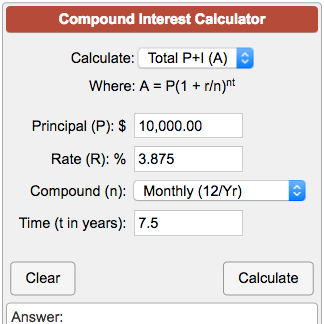What is a pert calculator

Project management is a crucial aspect of successful business operations. In order to execute projects effectively, project managers utilize various tools and techniques to plan, monitor, and control their projects. One such tool is the PERT (Program Evaluation and Review Technique) calculator. This article explains what a PERT calculator is, how it works and its benefits in project management.
Introduction to PERT
PERT was developed in the 1950s by the United States Department of Defense as part of the Polaris missile program. It is a powerful statistical tool that helps project managers estimate the time required for a project by analyzing the tasks involved and predicting their completion times.
PERT focuses on three main criteria:
1. Optimistic Time (O): The best-case scenario to complete a task
2. Pessimistic Time (P): The worst-case scenario to complete a task
3. Most Likely Time (M): An estimated average time to complete a task
These three-time estimates help project managers determine the overall expected project duration and identify potential risks or delays.
How Does a PERT Calculator Work?
A PERT calculator streamlines the process of evaluating various activities throughout a project’s life cycle by using a mathematical formula:
Expected Time (TE) = (O + 4M + P) / 6
This formula allows project managers to use optimistic, pessimistic, and most likely time estimates to calculate an expected time for each task.
By doing so, they can determine which tasks are critical, i.e., those tasks that might impact the entire project’s duration if they are delayed. Identifying these critical activities allows project managers to allocate resources accordingly and develop contingency plans to avoid potential delays.
Benefits of Using a PERT Calculator in Project Management
Some advantages of using a PERT calculator in project management include:
1. Improved Time Estimations: By considering different scenarios for task completion times, PERT calculators provide more accurate time estimations than other techniques that rely solely on single-point estimates.
2. Better Resource Allocation: PERT analysis helps project managers identify critical tasks that require careful monitoring and resource allocation, ensuring project success.
3. Risk Identification and Mitigation: PERT allows project managers to evaluate potential risks associated with different tasks by analyzing the uncertainty in their completion times. This proactive approach to risk identification helps them develop mitigation strategies in advance, minimizing the impact of potential delays on the project’s overall timeline.
4. Greater Flexibility and Adaptability: By continuously updating task duration estimates as the project progresses, PERT calculators help project teams adapt to changing circumstances more effectively, reducing the likelihood of unexpected surprises affecting project delivery.
Conclusion
A PERT calculator is a powerful tool that aids project managers in accurately estimating task durations and managing potential risks throughout a project’s life cycle. By leveraging this technique, organizations can better predict the time required for complex projects, allocate resources effectively, and minimize delays, leading to higher efficiency and improved time management.






